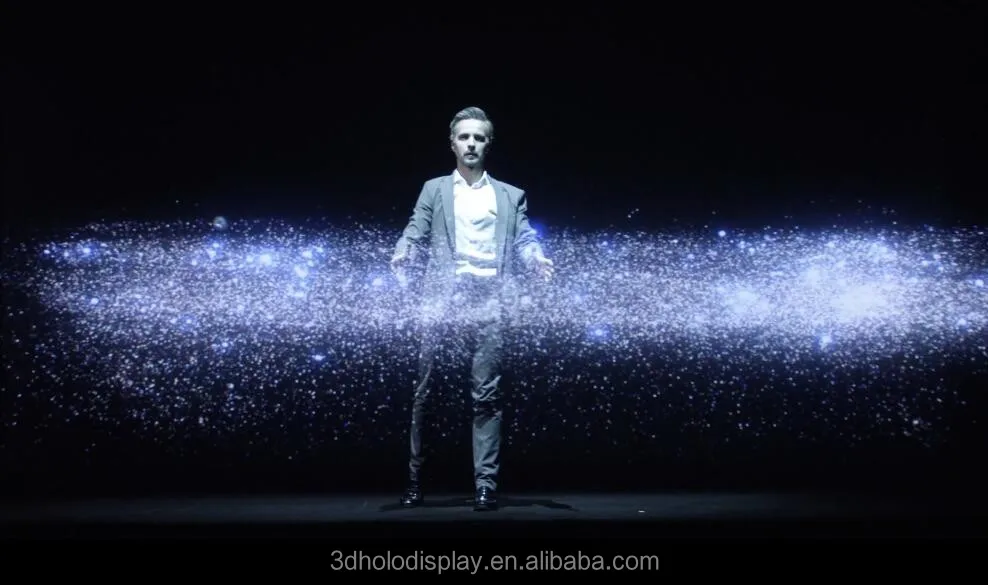



Our second favorite technique, after the novelty of the animated pumpkins, is definitely using rear projection on windows and doorways. If you want to hide the projector down in your bushes and project a spooky loop of ghosts dancing onto a sheer sheet hung in your front yard, for example, you’ll need to use the keystone adjustment to compensate for the angle between the projector lens and the sheet. Keystone adjustment allows you to mechanically (ideal) or digitally (serviceable, but less ideal) adjust the projected image to compensate for the projector not sitting at a perfectly level 90 degree angle in front of the projection material. You want 2,000+ lumens of illumination (2,500+ is even better), you want the ability to scale your image up to a pretty substantial size (at least 300″ if you want to create a spooky display that can be seen at a distance), and you want to be able to easily adjust the keystone/angle of the image, because you’re definitely not going to be projecting under ideal ceiling-mounted-to-flat-wall conditions in most Halloween setup scenarios. In fact, we can apply the basic ideas behind selecting a backyard projector used for summertime movies to selecting a projector for Halloween decorations. RELATED: How to Throw the Ultimate Backyard Movie Night Realistically, however, the noise of the event (party goers, trick or treaters, etc.) will typically cancel out any fan noise. Some of the factors that are important for a home cinema (like quiet fans) aren’t particularly important for Halloween unless you intend to use the projector in a very quiet room as part of a haunted house effect or whatnot. When selecting a projector for a Halloween project, your primary consideration should be brightness and adjustability.


 0 kommentar(er)
0 kommentar(er)
